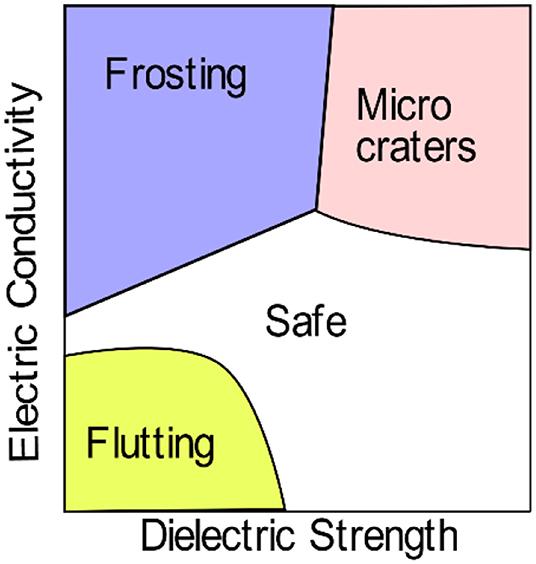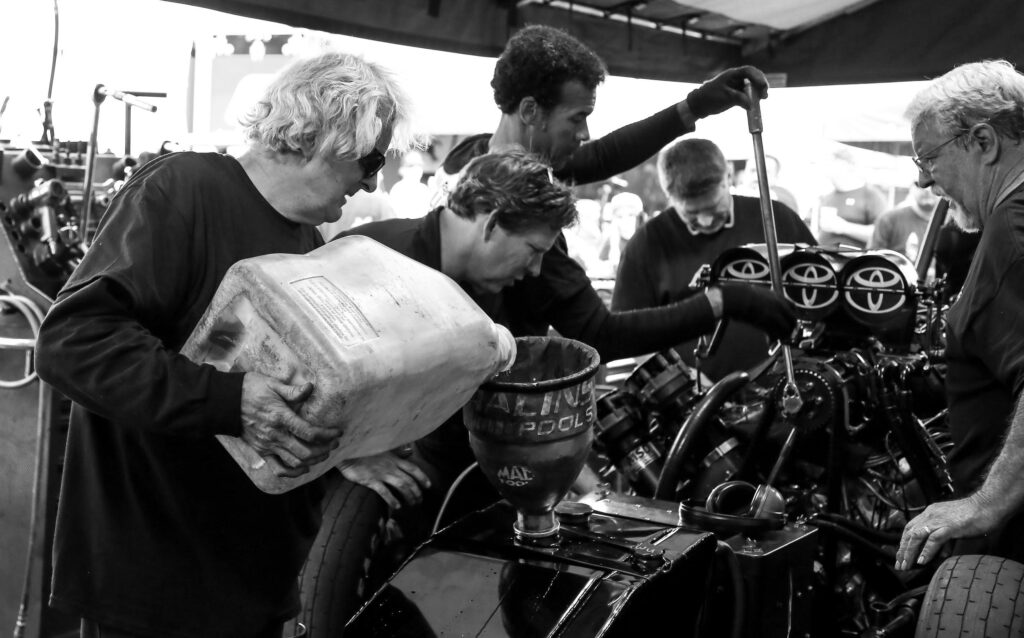After a PhD thesis with SKF at the INSA de Lyon - LaMCoS dedicated to the lubrication of large size roller bearings, Jean-David joined SIMTEC (https://www.simtecsolution.fr/fr/) to continue helping industries to develop their processes and products.
Electric vehicles: less challenges for tribologists?
With the last years’ rise of electric vehicles (EV), you may have thought that the future lubrication challenges for cars may not be challenging anymore. At least not as challenging as the ones that the tribology community had to face to optimize internal combustion engines (ICE). These, at least, were my thoughts. Until I read Chen et al. [1], I naively considered that the need for tribologists would decrease with the simplicity of the EV mechanism. Battery, motor, reducer, wheels. Over. No moving parts in the battery, a few bearings for the motor and the transmission line, and here is a new car! This apparent simplicity explains the expansion of newcomers in the previously small world of car manufacturers.
However, the two mechanical systems are so different that using existing lubricants optimised for ICE in EV is at best not efficient and at worst dangerous.
It is not efficient because the load and the relative motion of the mechanical components is not the same. It is dangerous because the lubricant not only flows within a steel and aluminium environment, but it also spreads on copper and polymer components. Besides, the lubricant also needs to ensure a completely new function in EV! Lubrication in EV is probably not simpler, but it is certainly different (see Fig. 2). Still want to buy an EV now?!

Figure 2: Estimation of the relative weights of physics domain constraining the lubrication system design for ICE (left) and EV (right)
The goal of [1] is to provide an overview of the literature on the topic of EV lubrication. As an engineer, this document is therefore a great resource if you want to know where to focus your attention when designing or selecting a lubricant for EV. Here is a brief overview of the main points:
- Surface separation to diminish wear and friction decrease are still the big players! But in EV, the motions are different and the bearings need to rotate at higher speeds. One may think that lubricants for high speed bearings are already available. Does this mean that the lubrication challenges in EV have been solved? Not at all, because the next points may make existing lubricants unsuitable.
- The lubricant needs to cool the system. However the pure sliding motions like the one of the piston-liner disappeared together with the heat from fuel explosions. Whereas the bearings and the gears may dissipate more heat due to higher rotation speeds, a new heat source appears: the Joule losses in the motor coils. Because the lubricant is in the motor casing, it contributes to evacuating heat from it. Moreover, the mechanism compactness required by the car architecture does not help this cooling task.
- Now, the presence of an electric motor so close to the lubricant brings up material compatibility problems. How does the copper behave in the presence of a lubricant? Will it corrode? How long will it resist? In an electric motor, there are also polymer components: what about their lifespan? Copper corrosion and plastic deterioration by lubricants occurs, and it is necessary to experimentally assess the interactions between them.
- Another point here is that EV is theoretically very low maintenance. Fewer mechanical parts means fewer mechanical failures. Apart from the battery which experiences ageing and a decrease of its performances, the rest of the car can have a lifetime comparable to the one of its owner! If it wasn’t for the lubricant… As a consequence, to have a low maintenance EV, you also need to use long lasting lubricants that do not decrease their performance over a long period of time.
- Finally, and this is new: the lubricant electric conductivity and dielectric strength must be carefully designed. If the lubricant is too conductive, current leakage can occur in the motor casing. On the contrary, if it is too insulating, charge accumulation may occur on the mating solid surface. As this may be a problem in itself because of the potential detrimental interactions with the additives, it is known that electric discharge may happen if the potential difference is too high. While a base oil generally has a large dielectric strength and therefore resists electric discharge, minor quantities of additives or wear particles can change the properties of the lubricant significantly. Electric discharge leads to sudden local lubricant deterioration and strong local solid surfaces damage. As local damage is likely to initiate cracks in the contacting areas, the integrity of the whole bearing is threatened. Figure 3 from Chen et al. [1] is a map of electric and dielectric properties suitable for EV. As the electric and dielectric properties of the lubricant are just additional constraints that make the design of a lubricant even more difficult, other solutions should be explored such as ceramic rolling elements in bearings [2].

When designing EV mechanical parts or its lubricants, there are also other areas of concern such as lubricant – magnetic field interaction, or different start-running-stop cycles from ICE. Other problems may arise in the long run. For instance, it is known that electric currents can have a key role in the propagation of cracks [3]. Who knows which challenges the tribology community may have to face in the coming years? What one knows, however, is that tribologists will not be unemployed but will instead need to tackle new questions. And yes, go EV! It hasn’t started so bad for them.
For a more detailed review, please take a look at the article “Performance Characteristics of Lubricants in Electric and Hybrid Vehicles: A Review of Current and Future Needs. Frontiers in Mechanical Engineering” [1] by Chen et al.
[1] Chen Y., Jha S., Raut A., Zhang W. & Liang H. (2020). Performance Characteristics of Lubricants in Electric and Hybrid Vehicles: A Review of Current and Future Needs. Frontiers in Mechanical Engineering, 6, 82. https://www.frontiersin.org/article/10.3389/fmech.2020.571464
[2] Strubel, V., Fillot, N., Ville, F., Cavoret, J., Vergne, P., Mondelin, A., & Maheo, Y. (2016). Particle entrapment in hybrid lubricated point contacts. Tribology Transactions, 59(4), 768-779. https://doi.org/10.1080/10402004.2015.1106631.
[3] Ruellan du Crehu, A. Tribological analysis of White Etching Crack (WEC) failures in rolling element bearings. 2014. Thesis. Lyon, INSA


Be the first to comment